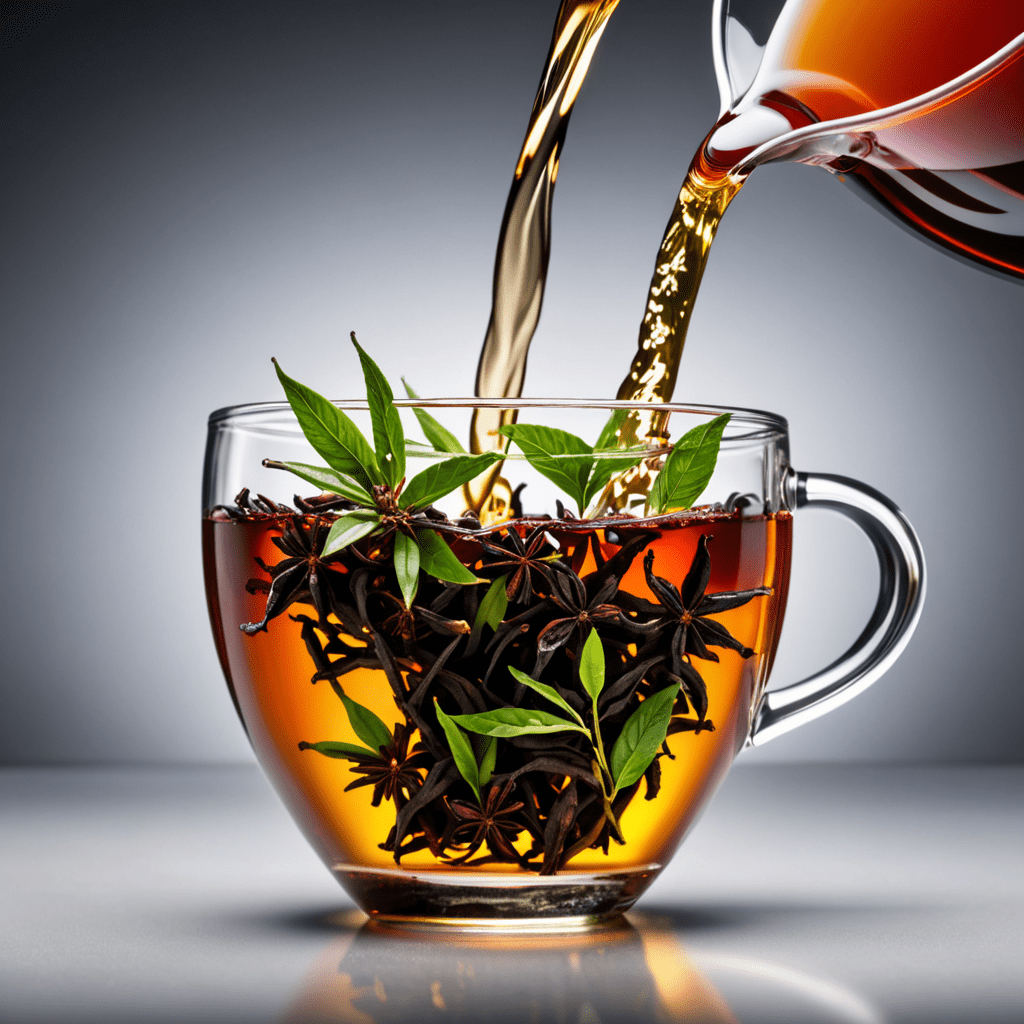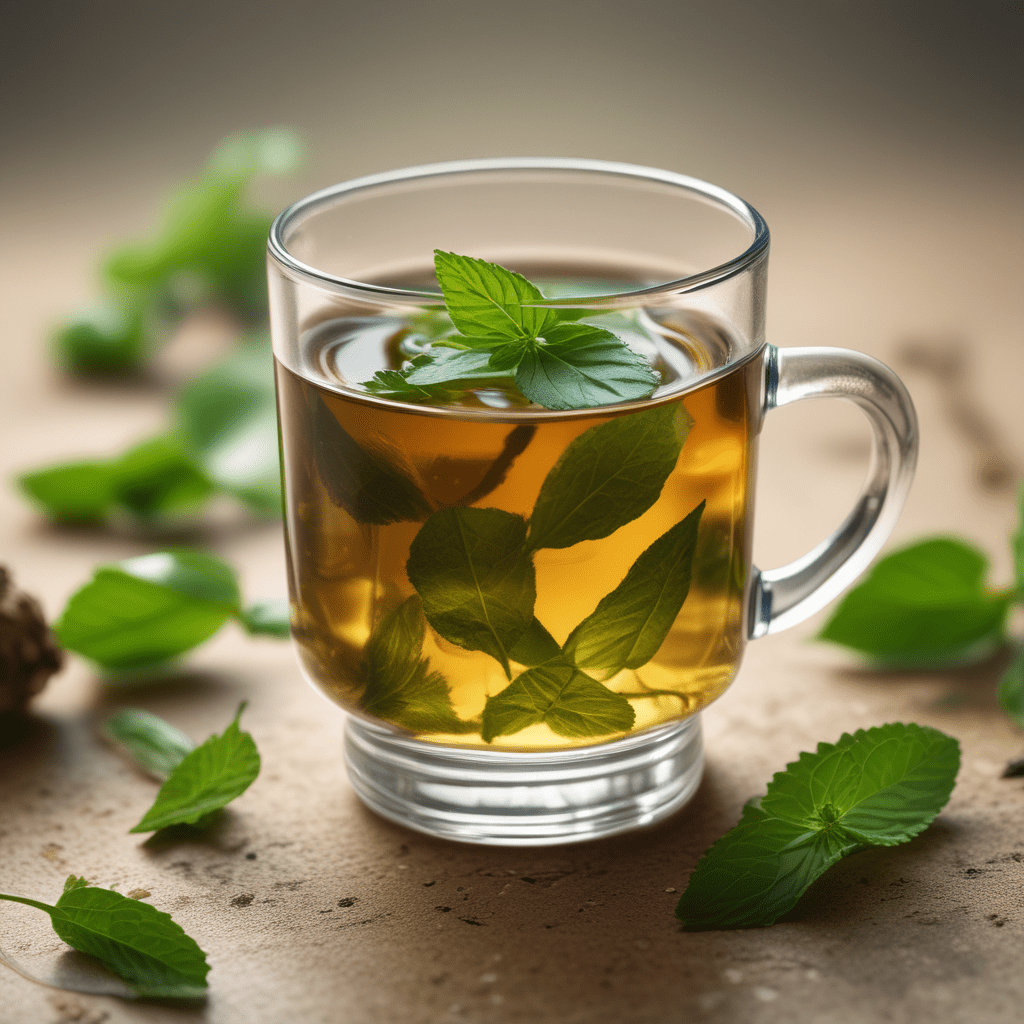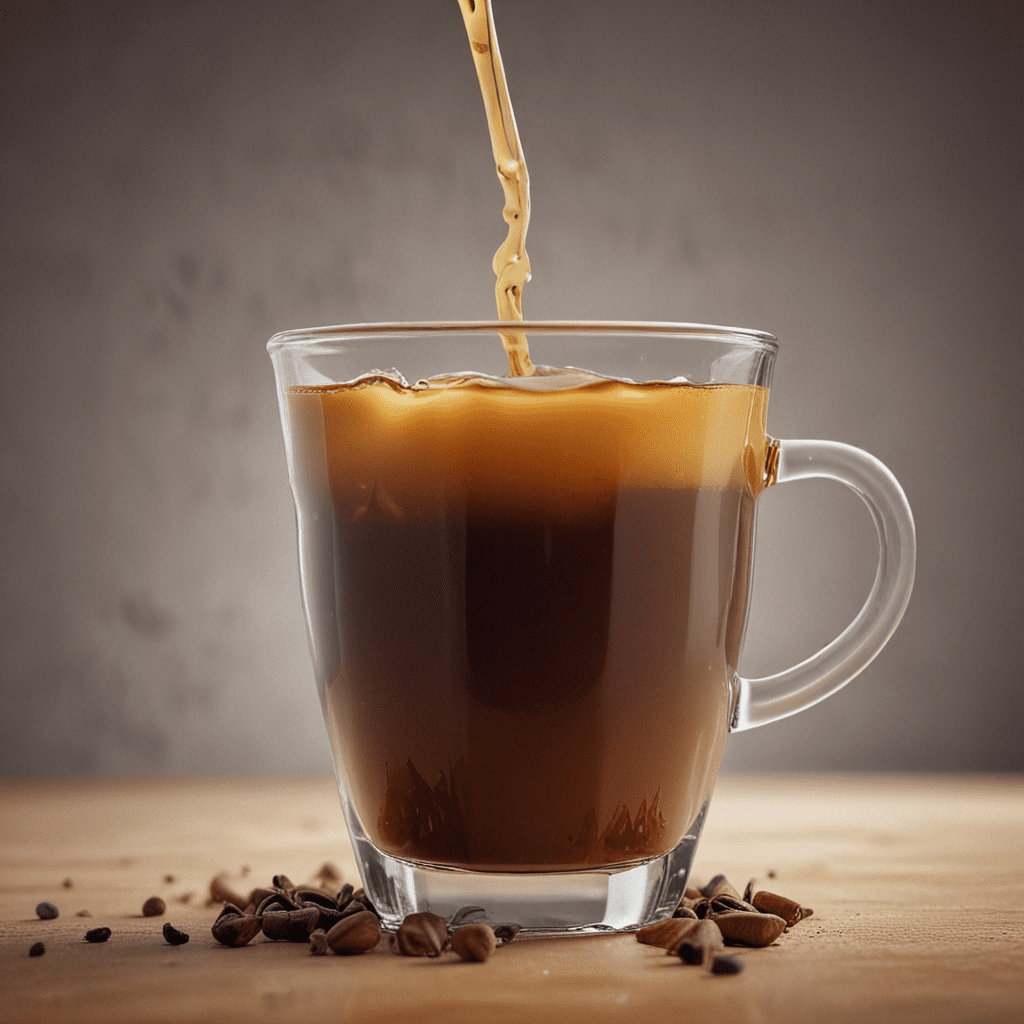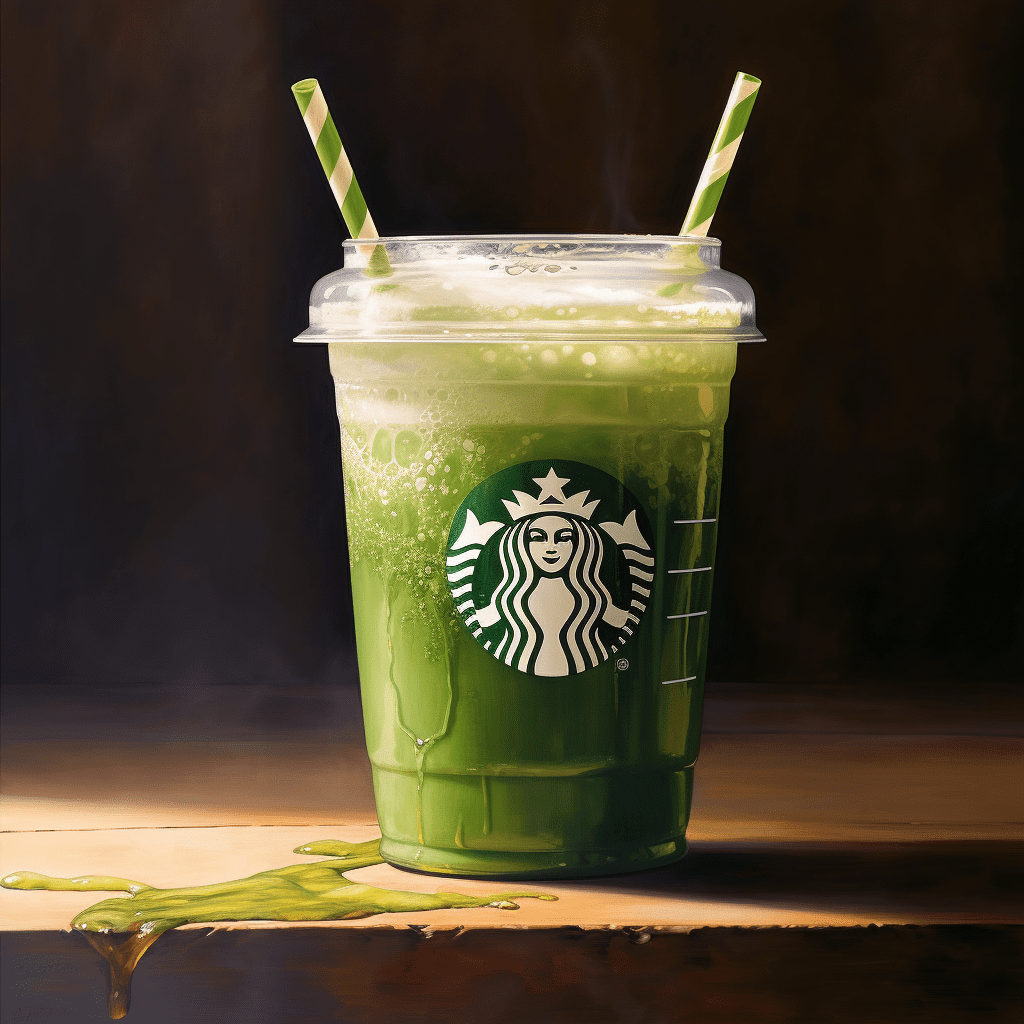
The Ultimate Showdown: Black Tea Versus Green Tea
Introduction
Tea is one of the most popular beverages in the world, known for its various health benefits and soothing properties. When it comes to tea, two types that often come to mind are black tea and green tea. In this article, we will explore the key differences between these two teas and help you decide which one is best suited for you.
Health Benefits
Both black tea and green tea offer a range of health benefits due to the presence of antioxidants and other compounds. However, the specific health benefits differ between the two:
- Black Tea: Black tea is known for its potential cardiovascular benefits, such as reducing the risk of heart disease and improving cholesterol levels. It may also help improve digestion and bone health.
- Green Tea: Green tea is revered for its potential weight management benefits, as it may help boost metabolism and aid fat burning. It is also known for its ability to promote relaxation and improve brain function.
Flavor and Aroma
One of the key differences between black tea and green tea lies in their flavor and aroma:
- Black Tea: Black tea typically has a robust and bold flavor, often described as rich, malty, or even smoky. Its aroma can be earthy or floral, depending on the specific variety.
- Green Tea: Green tea, on the other hand, has a more delicate and vegetal flavor that can range from grassy to slightly sweet. Its aroma is often described as fresh, grass-like, or even seaweed-like.
Caffeine Content
Caffeine content is an important consideration for many tea drinkers. Here’s how black tea and green tea compare in terms of caffeine:
- Black Tea: On average, black tea contains more caffeine than green tea. An 8-ounce cup of black tea can contain between 40-70 milligrams of caffeine.
- Green Tea: Green tea has a lower caffeine content compared to black tea. An 8-ounce cup of green tea typically contains between 20-45 milligrams of caffeine.
Brewing Methods
Both black tea and green tea require specific brewing methods to bring out their best flavors. Here are some general guidelines:
- Black Tea: Black tea is best brewed with boiling water and steeped for around 3-5 minutes, depending on personal preference. It can be enjoyed plain or with a splash of milk and sweetener.
- Green Tea: Green tea is more delicate and requires lower water temperatures to avoid bitterness. Water heated to around 175°F (80°C) is ideal, and the tea should be steeped for 2-3 minutes. It’s commonly enjoyed without any additions.
Frequently Asked Questions
1. Which tea is healthier, black tea or green tea?
Both black tea and green tea offer health benefits, but the specific benefits differ. Black tea may support heart health and digestion, while green tea may aid in weight management and brain function.
2. Does black tea have more caffeine than green tea?
Yes, on average, black tea contains more caffeine than green tea. However, the exact caffeine content can vary depending on factors such as brewing time and tea type.
3. Can I add milk to green tea?
Milk is not traditionally added to green tea as it can overpower the delicate flavors. It is commonly enjoyed plain or with a squeeze of lemon or a sprig of mint.
4. Which tea has a stronger flavor, black tea or green tea?
Black tea generally has a stronger and bolder flavor compared to green tea. Its taste is often described as rich or malty, while green tea has a more delicate and vegetal flavor.
5. How long should I steep black tea and green tea?
Black tea typically requires a steeping time of 3-5 minutes, while green tea is best steeped for 2-3 minutes. Adjust the steeping time according to your personal taste preferences.
6. Can I enjoy black tea and green tea cold?
Both black tea and green tea can be enjoyed cold. You can brew them following the regular brewing methods and then chill them in the refrigerator or serve over ice for a refreshing iced tea experience.


